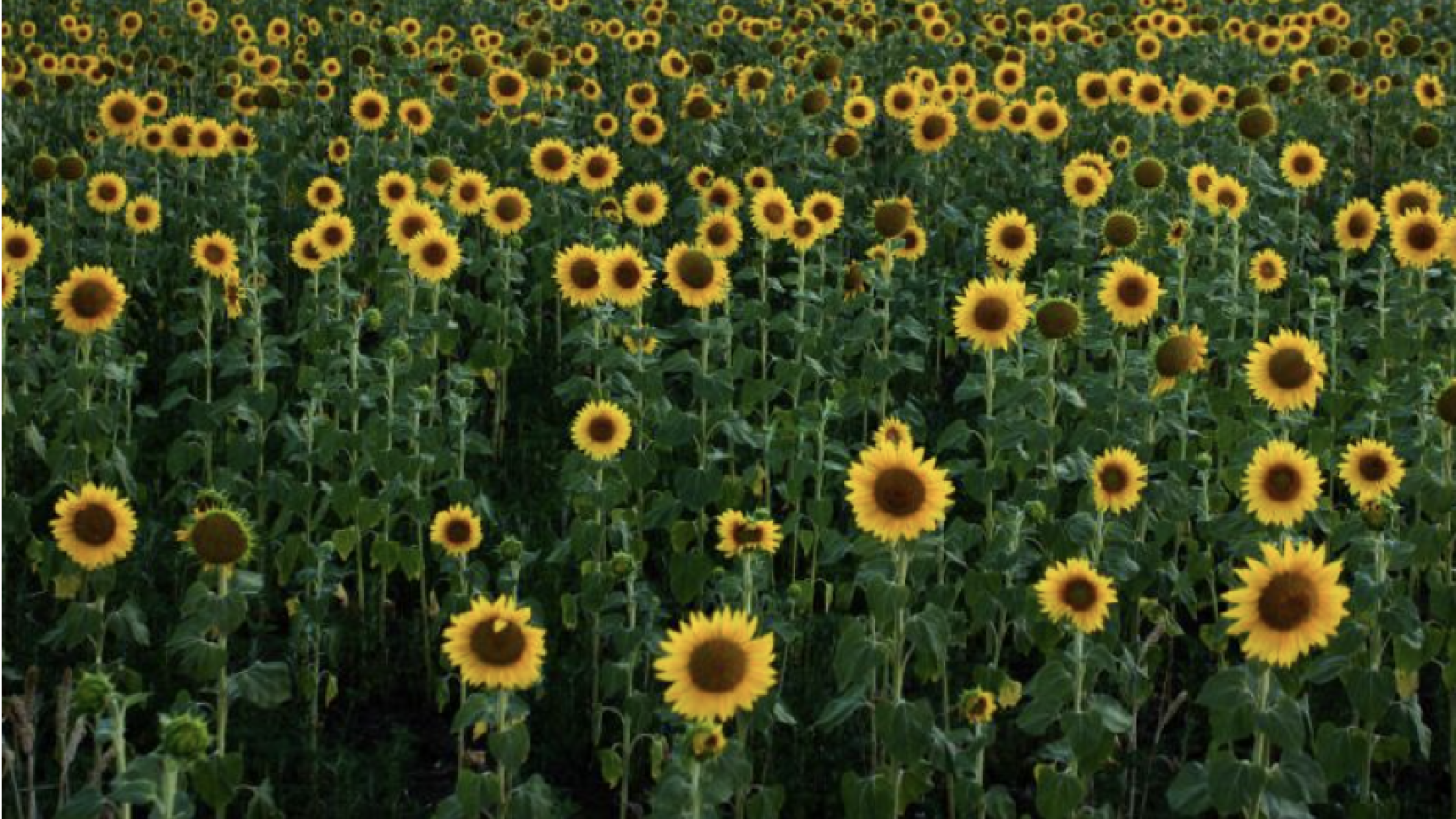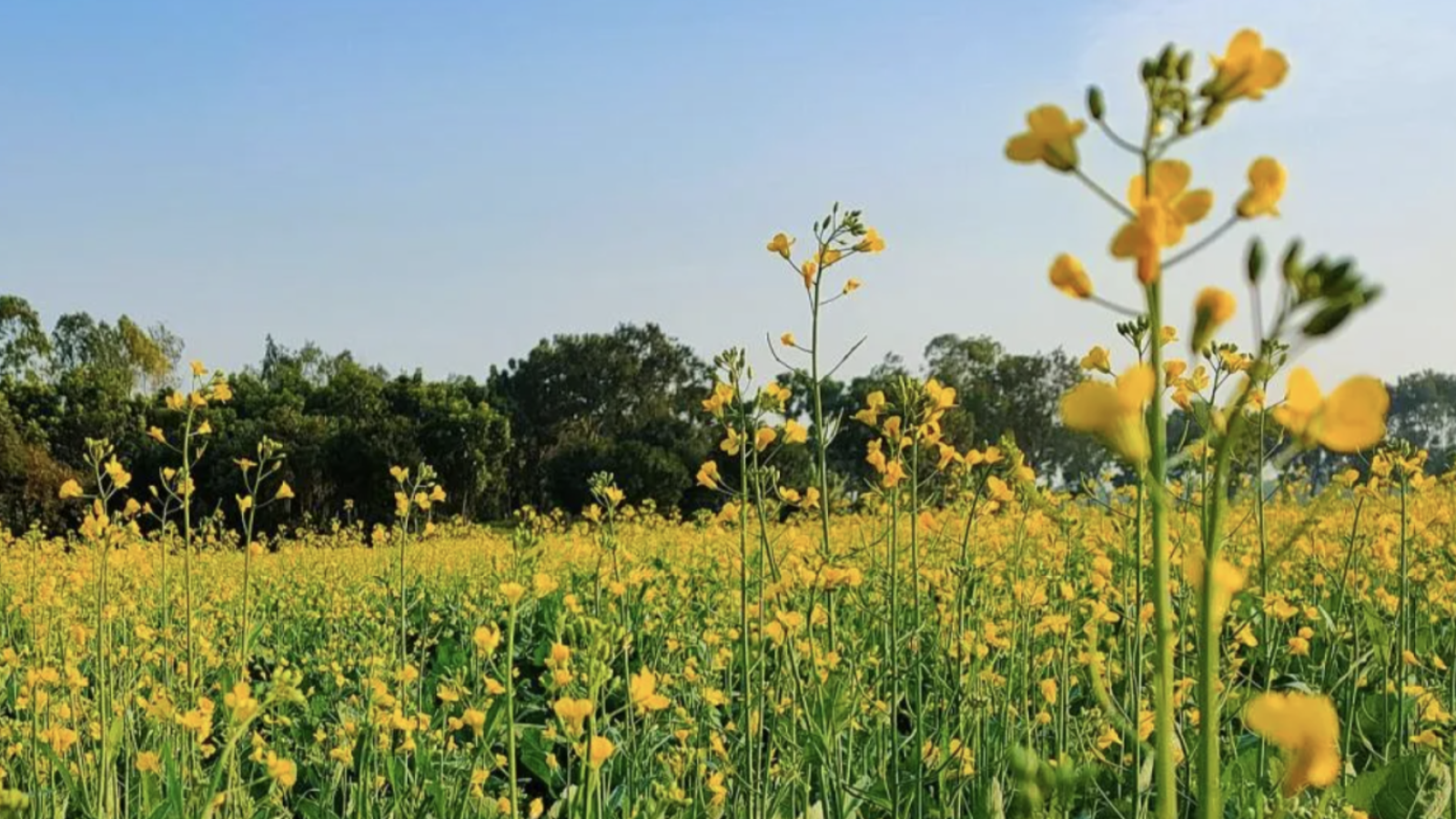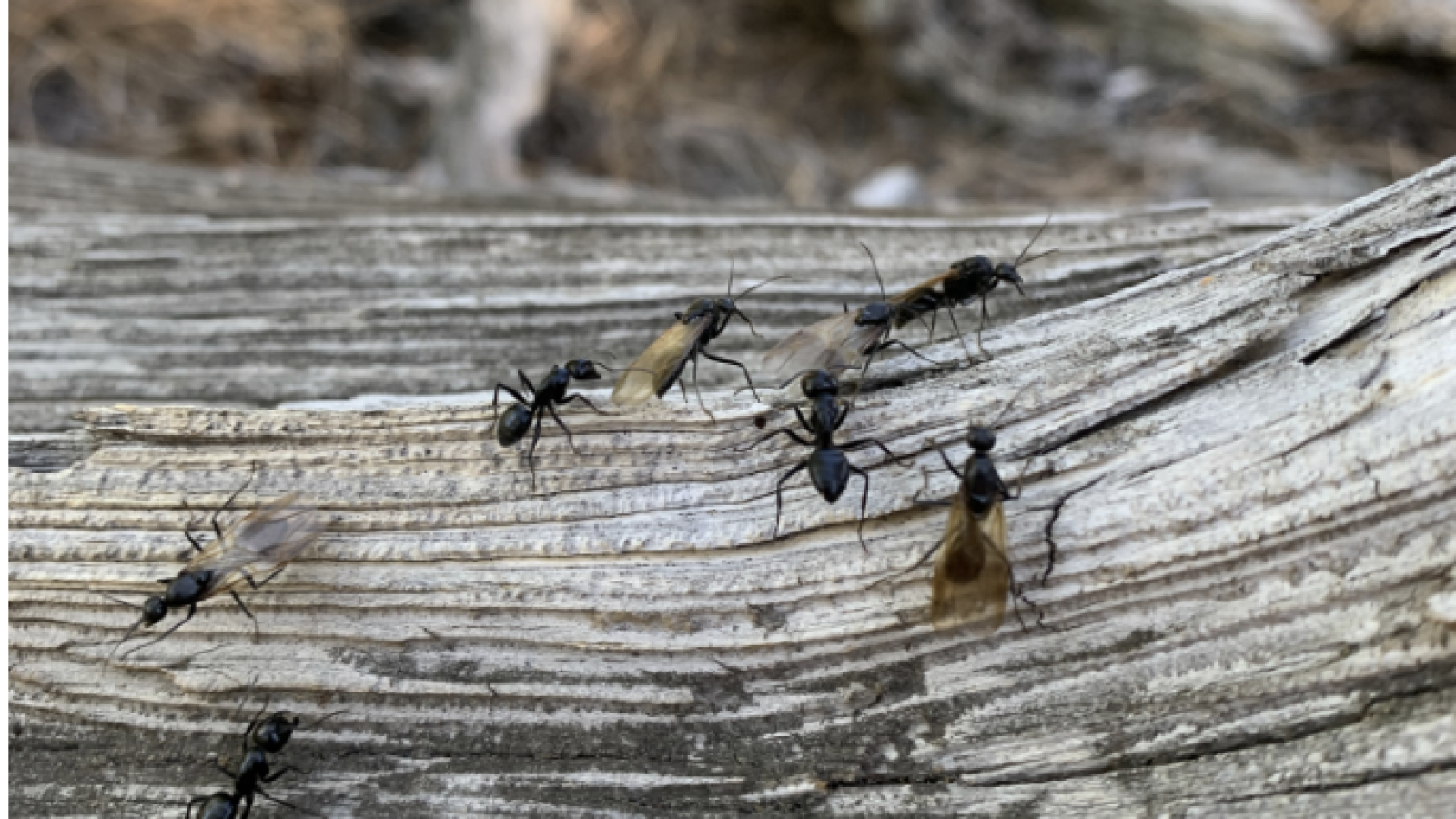After nearly 30 years of waiting, two agave plants on the CU Boulder campus are having their moment in the sun.
Rare Agave Bloom https://youtu.be/B7lZ9xU_9mo
The plants, which adorn an outdoor garden near the Department of Ecology and Evolutionary Biology greenhouse on 30th Street, have started to bloom—something these succulents do only once in their lives, and only after decades of growing. They’re making good work of it, too. In mid-May, the agave plants began shooting out long, skinny stalks where flowers began to poke out.
By mid-July, one stalk was more than 14 feet tall.
“When I get a ladder up there to look at them, it’s a little farther than I like to stretch,” said John Clark, director of greenhouses for the department.
He suspects the agave, which bloom so infrequently that one species is called a “century plant,” will bloom for only a few weeks. It’s an explosion of color.
“They start blooming from the buds at the bottom, and you see this gorgeous, sunshiny yellow,” Clark said.
He’s quick to point out that these agave plants aren’t the kind that make tequila. That somewhat dubious honor belongs to a species called blue agave (Agave azul). Instead, this bloom is a testament to the power of patience.
A former professor emeritus of linguistics named Allan Taylor first planted this garden featuring flora of the southwestern United States in the mid-to-late 1990s.
“It’s a surprise to have even one bloom, but to have two plants bloom is a really nice surprise,” Clark said. “I’ve been measuring them once a week just to see how much taller they’ve gotten.”
Decades on campus
They’ve had to survive a lot, including floods, wildfire smoke and more, to get that tall. This year alone, the agave weathered a major hailstorm, which left scratches on one of them.
Clark is all the more impressed with these hardy agave because they aren’t native Colorado plants. The agave family, which is related to asparagus, includes several dozen species more commonly found in places like Mexico and the southwestern United States—warm and dry locations where the succulents can make good use of scant supplies of water.
A few agave species do grow in Colorado, however, including Parry’s agave (Agave parryi), Utah agave (Agave utahensis), New Mexico Agave (Agave neomexicana) and Harvard Agave (Agave havardiana). Clark and his colleagues are working to determine which species these plants belong to.
The success of the plants is a fitting tribute to Taylor, who joined the CU Boulder faculty in 1964 and died in late 2022. While he studied languages professionally, Taylor was also a passionate horticulturalist who developed numerous varieties of plants through many years of fieldwork, including “Taylor’s sunburst” pine trees. Several of these lodgepole pines (Pinus contorta) grow in the same garden as the agave and, true to their name, sprout tufts of bright-yellow needles from the tips of their branches.
“You can go to many nurseries, and you'll find plants that are named after him or plants that he has named,” said Clark, whose team was pleased to alert Taylor’s family that the agave were in bloom.
The bloom also brings a little bit of sadness. Once the agave finish flowering, the plants will begin to shrivel and die—this colorful event marks the end of their decades-spanning lives. But Clark and his team are already planning to grow new plants from their seeds, meaning they will continue to leave their mark on campus for years to come.
“If you plant agave in your yard,” he said, “that’s something you’ll be able to show your grandkids.”







